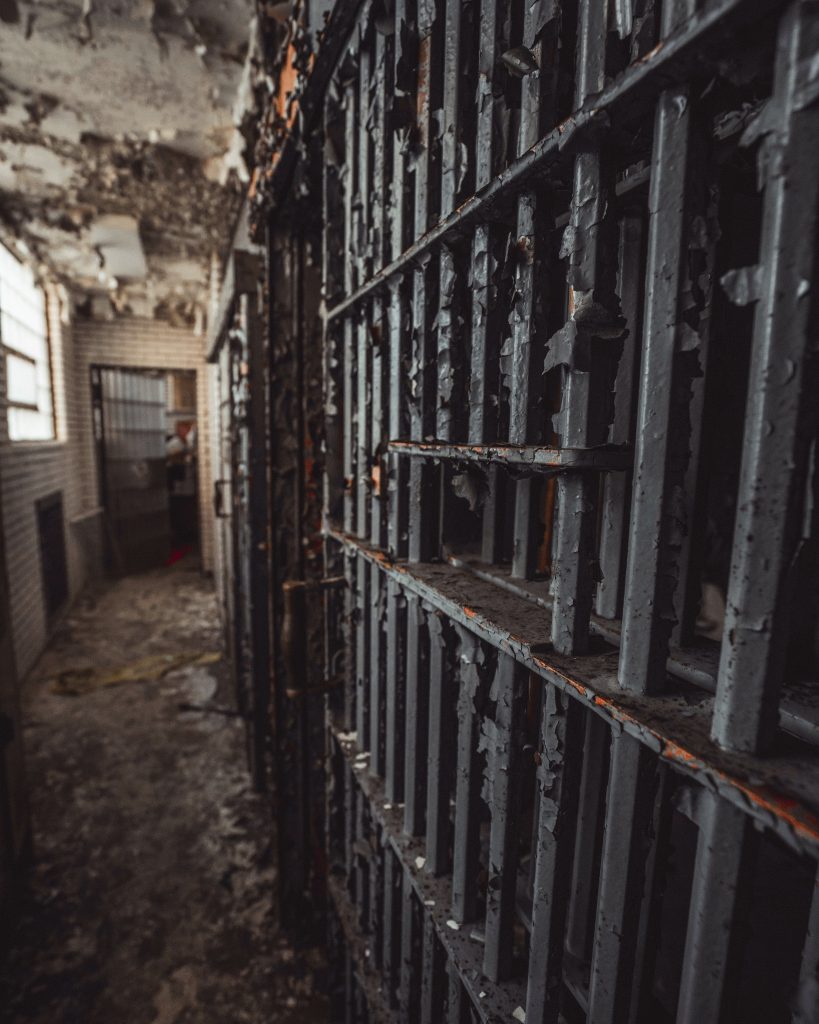 After a road accident, especially when someone is injured, there is an expectation that someone was at fault. We may even blame the weather, the car, or an innocent animal passing by. But in law, attaching fault is not always as straight forward as we may think. For example, what happens if you are crossing a street that has faulty lights at an intersection and you are hit by a car? Would it be too bad of an idea to blame the faulty lights? What if the streetlights are maintained by a company that has entered into a contract with a local authority promising to ensure that lights are properly taken care of all the time? Could you then sue the company for its failure to maintain the streetlights? These issues came for determination in the Fifth Circuit Court of Appeal in Louisiana.
After a road accident, especially when someone is injured, there is an expectation that someone was at fault. We may even blame the weather, the car, or an innocent animal passing by. But in law, attaching fault is not always as straight forward as we may think. For example, what happens if you are crossing a street that has faulty lights at an intersection and you are hit by a car? Would it be too bad of an idea to blame the faulty lights? What if the streetlights are maintained by a company that has entered into a contract with a local authority promising to ensure that lights are properly taken care of all the time? Could you then sue the company for its failure to maintain the streetlights? These issues came for determination in the Fifth Circuit Court of Appeal in Louisiana.
In August of 2014, Eric Girtley filed a lawsuit for personal injuries he sustained when he was struck, in his wheelchair, by a vehicle while crossing an intersection on 31st Street, Loyola Boulevard in Kenner, Louisiana. In the lawsuit, he alleged that the streetlights, which were located near the scene of the accident, were not properly functioning as they failed to illuminate the area. In the lawsuit, he named Entergy Louisiana LLC as one of the defendants. He alleged that Entergy was negligent in that it failed to properly inspect the lights and failed to repair the lights even though they were aware that they were defective. In response, Entergy filed a peremptory exception of no cause of action alleging that it did not owe Eric Girtley a duty to maintain the lights and that he did not have any rights by which he could claim a benefit in the contract for the maintenance of the lights between Entergy and Jefferson Parish.
In Louisiana, if the law does not support the facts alleged by the plaintiff the defendant may dismiss the lawsuit by filing a peremptory exception of no cause of action. This rule questions the legal basis for the plaintiff’s claim. When determining this issue, the court tries to address such questions as does the plaintiff have an injury? Is there any legal relationship between the two parties? Is there a remedy available in law for the action? The function of a peremptory exception of no cause of action is to test the legal sufficiency of the lawsuit, which is done by determining if the law affords a remedy on the facts alleged. See Wright v. La. Power & Light, 951 So. 2d 1058 (La. 2007).
 Louisiana Personal Injury Lawyer Blog
Louisiana Personal Injury Lawyer Blog


 When in a restaurant, one expects the kitchen and the dining room to be clean, and it is
When in a restaurant, one expects the kitchen and the dining room to be clean, and it is  When a customer is injured in a slip and fall on a wet supermarket floor there are some situations where the supermarket is held responsible. Other times, there are situations where the supermarket is not at fault and the accident is chalked up to bad luck. Where that line is drawn is determined by what the supermarket knew or should have known about the dangerous condition. When is a slip and fall the Supermarkets fault?
When a customer is injured in a slip and fall on a wet supermarket floor there are some situations where the supermarket is held responsible. Other times, there are situations where the supermarket is not at fault and the accident is chalked up to bad luck. Where that line is drawn is determined by what the supermarket knew or should have known about the dangerous condition. When is a slip and fall the Supermarkets fault? Accidents happen – both on the job and when going about regular life.
Accidents happen – both on the job and when going about regular life. Sometimes accidents at work happen. But what happens when an accident could have been prevented by an employee? It is a common question to wonder whether an employer is still liable for the actions of an employee, especially in cases where a defect may be open and obvious. A Louisiana delivery driver confronted this very situation after he was injured on a loading dock.
Sometimes accidents at work happen. But what happens when an accident could have been prevented by an employee? It is a common question to wonder whether an employer is still liable for the actions of an employee, especially in cases where a defect may be open and obvious. A Louisiana delivery driver confronted this very situation after he was injured on a loading dock. Typically, the scary aspect of surgery is over when the procedure ends and the person wakes up from the anesthesia. The last thing most people expect is to get injured after the surgery is already over. Unfortunately for one Iberia Parish woman, her troubles were only beginning even though she had a successful surgery. That being said, can you claim medical malpractice while you are recovering?
Typically, the scary aspect of surgery is over when the procedure ends and the person wakes up from the anesthesia. The last thing most people expect is to get injured after the surgery is already over. Unfortunately for one Iberia Parish woman, her troubles were only beginning even though she had a successful surgery. That being said, can you claim medical malpractice while you are recovering? When you go to the hospital, you expect to be taken care of by a qualified physician who properly diagnoses you. If that doesn’t happen, tragedy can strike. And if tragedy strikes, you want the responsible partie(s) to be held responsible by being liable for damages. But does the Louisiana Medical Malpractice Act (MMA) limit liability in these cases?
When you go to the hospital, you expect to be taken care of by a qualified physician who properly diagnoses you. If that doesn’t happen, tragedy can strike. And if tragedy strikes, you want the responsible partie(s) to be held responsible by being liable for damages. But does the Louisiana Medical Malpractice Act (MMA) limit liability in these cases? State of Emergency conditions and evacuations seem to have become increasingly more common in this state over the years. Floods, hurricanes, and other extreme weather conditions can force a whole neighborhood to relocate for a few weeks. At times the evacuation protocols remain voluntary, meaning you may stay in your home at your own risk. Residents choose to weather the storm for a number of reasons, be it to avoid an expensive relocation or to protect their property from looters. Whatever the reason you stay behind, be aware that a State of Emergency prompts law enforcement to be more vigilant in their safety patrols.
State of Emergency conditions and evacuations seem to have become increasingly more common in this state over the years. Floods, hurricanes, and other extreme weather conditions can force a whole neighborhood to relocate for a few weeks. At times the evacuation protocols remain voluntary, meaning you may stay in your home at your own risk. Residents choose to weather the storm for a number of reasons, be it to avoid an expensive relocation or to protect their property from looters. Whatever the reason you stay behind, be aware that a State of Emergency prompts law enforcement to be more vigilant in their safety patrols. Carrying a great deal of debt is a liability, and it may lead to some disastrous consequences. In the event of a default, your creditors can take you to court to recover the amount owed. If a judgment is made against you, your finances come under a microscope. Large transfers of money or property are strictly monitored and may even be reversed if your creditor feels the loss of the property may lead you to become more insolvent. So, what do you do when you have a large debt but need to transfer property? You need a good lawyer to navigate high debt situations, and to help you decide whether bankruptcy is the best way to avoid misfortune.
Carrying a great deal of debt is a liability, and it may lead to some disastrous consequences. In the event of a default, your creditors can take you to court to recover the amount owed. If a judgment is made against you, your finances come under a microscope. Large transfers of money or property are strictly monitored and may even be reversed if your creditor feels the loss of the property may lead you to become more insolvent. So, what do you do when you have a large debt but need to transfer property? You need a good lawyer to navigate high debt situations, and to help you decide whether bankruptcy is the best way to avoid misfortune.